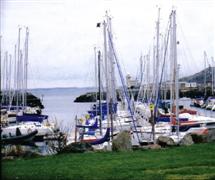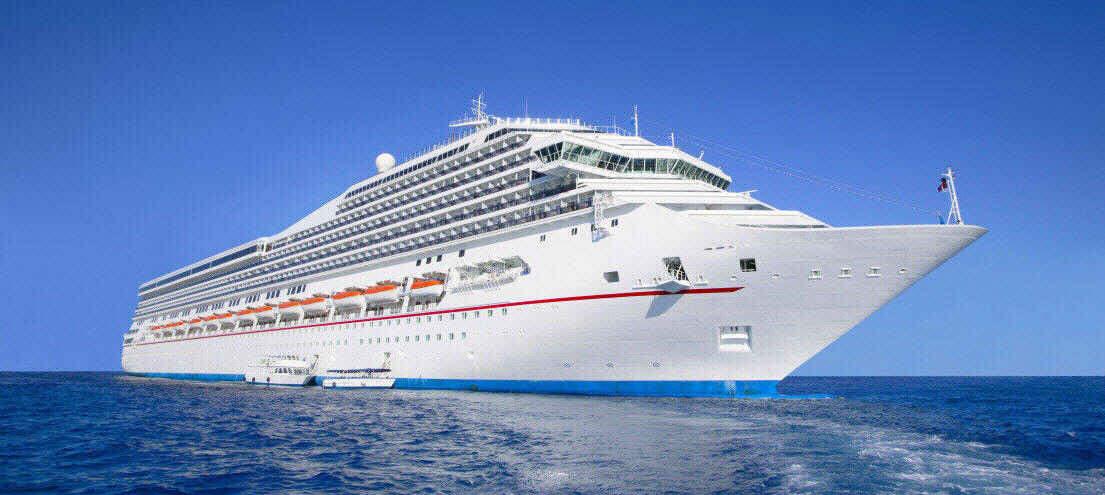

R E V I E W S



Newgrange
Battle of the boyne
The Battle of Boyne Visitor Centre is located in the recently
restored 18th cetury oldbridge House,Whivh is on the battlesite.The Battle of the Boyne site is
still in development and might offer a museum soon. The deposed King James VII
of Scotland and James II of England and Ireland and his Jacobite supporters were defeated by
James nephew and son-in-law, William III and his supporters. By the invitation of Parliament,
William had deposed James in 1688. Both Kings acted as Commander of their respective armies. The
Battle of the Boyne was the decisive encounter in a war that was primarily about James attempt
to regain the thrones of England and Scotland and was the result of Parliaments move to put
William on the throne.
Old melifont abbey
The Old Mellifont ruins are those of the first Cistercian Abbey
erected in Ireland. St. Malachy, the Archbishop of Armagh, founded the Abbey and monks from
France inhabited it in 1142. It was consecrated amid great ceremony in 1157, with many
archbishops and even the High King of Ireland in the audience.The Cistercian Order was
successful in its mission to infuse a greater sense of discipline into the lax Irish church.
Forty more monasteries were built after Mellimont. In 1539, King Henry VIII suppressed all of
them following his break with the Catholic Church.
Monasterboice
Monasterboice is known for its remains of the monastic settlement
founded by Saint Buite in the fifth century. The remains consist of an old graveyard, two
churches, three sculptured crosses, two early grave slabs and a sundial.The South church is the
older of the two and it still has the remains of the chancel arch. The smaller church is
situated beside the Round Tower and has no trace of a chancel. The Round Tower is about 100ft
high. It is now missing its upper part and conical cap. The door is six feet above ground level
and is approached by a modern flight of stepsThe cross nearest the graveyard entrance is
Muirdeach's Cross, an outstanding example of high crosses of the Early Christian period in
Ireland. It is a monolith, 17ft high.

Malahide Castle & Talbot
Botanic Gardens
Howth:Castle&Harbour
Howth Castle was first built when Sir Almeric Tristram came into
possession of the land in 1177. He adopted the name St. Lawrence and his direct line lived here
until 1909.The last earl passed the castle to his nephew Julian Gaisford and his descendants
still reside at Howth. The present castle buildings were built no earlier than 1564. The castle
can be viewed from outside but the interior is not open to the public.
Howth began as a Viking settlement. When a harbour was constructed
in the early 19th century the town became the main packet station in Dublin. The Howth road was
built soon afterwards to connect Howth with the city. The town's status during this century was
marked by a visit from King George IV in 1821. His footprints are still visible at the end of
the West Pier. However, Howth's harbour began to silt up and Dun Laoghaire took over in the
mid-19th century as the most important harbour. In 1914, a ship called the Asgard, owned by
Erskine Childers, arrived into Howth with a cargo of 900 rifles and 25,000 rounds of ammunition
to arm the nationalist uprising.
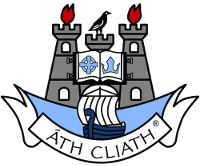
Aboutdublintaxitours.com
Since 2008. All rights reserved.
Since 2008. All rights reserved.
About Dublin Taxi Tours
33, Dun Emer Walk, Lusk, Co.Dublin,Ireland
Customised Tours & Transfers for Dublin & Surrounds.
Open 8am - 8pm. e: info@aboutdublintaxitours.com
33, Dun Emer Walk, Lusk, Co.Dublin,Ireland
Customised Tours & Transfers for Dublin & Surrounds.
Open 8am - 8pm. e: info@aboutdublintaxitours.com

The Megalithic Passage Tomb at Newgrange was built about 3200 BC.
The kidney shaped mound covers an area of over one acre and is surrounded by 97 kerbstones, some
of which are richly decorated with megalithic art. The 19 metre long inner passage leads to a
cruciform chamber with a corbelled roof. It is estimated that the construction of the Passage
Tomb at Newgrange would have taken a work force of 300 at least 20 years to complete.
The Gardens as they exist today were largely created by Lord Milo
Talbot in the years 1948 to 1973 and cover an area of over 8 ha - 6.5 ha of shrubbery and 1.5 ha
of Walled Gardens. An emphasis has been placed on the cultivation of plants from the Southern
Hemisphere - many species and varieties collected by Lord Talbot. Genera which are particularly
well represented are Olearia, Azara, Escallonia, Pittosporum, Syringa, Hypericum, Clematis,
Euphorbia, Nothofagus, Salvia and Berberis.
Malahide Castle, set on 250 acres of park land in the pretty
seaside town of Malahide, was both a fortress and a private home for nearly eight hundred years.
The Talbot family lived here from 1185 to 1973, when the last Lord Talbot died.The house is
furnished with beautiful period furniture together with an extensive collection of Irish
portrait paintings, mainly from the National Gallery. The history of the Talbot family is
recorded in the Great Hall, with portraits of generations of the family telling their own story
of Ireland's stormy history. One of the more poignant legends concerns the morning of the Battle
of the Boyne in 1690, when fourteen members of the family breakfasted together in this room,
never to return, as all were dead by nightfall.
Portmarnock
The Great Mound was built over 5000 years ago, probably after the
construction of Newgrange and before the construction of Dowth. The Great Mound at Knowth
is similar in size to Newgrange and is surrounded by 18 smaller satellite mounds. The Great
Mound has two passages with entrances on opposite sides, the western passage is 34 metres long
and the eastern passage is 40 metre long, ending with a cruciform chamber.
Knowth
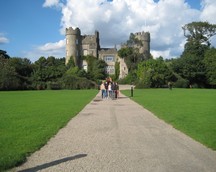
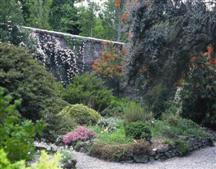

Like many of Dublin's coastal settlements, it is home to a
Napoleonic Martello tower.
Portmarnock is famous for its world class golf course which
formally opened on December 26 1894, while another links course, opened in the 1990s, was
designed by German golfer Bernhard Langer. That golf course and its accompanying hotel are built
around the former home of the Jameson distilling family. Portmarnock's beach was the starting
point for two aviation firsts. On 23 June 1930 Australian aviator Charles Kingsford Smith and
his crew took off in the Southern Cross on the first westbound transatlantic flight (to
Newfoundland, Canada). The first solo westbound transatlantic flight also began from Portmarnock
beach as on 18 August 1932 Jim Mollison, a British pilot, took a de Havilland Puss Moth from
Portmarnock to Pennfield, New Brunswick, also in Canada. Portmarnock's beach is nicknamed The Velvet Strand due to the beautiful smooth
sand along the beach.

